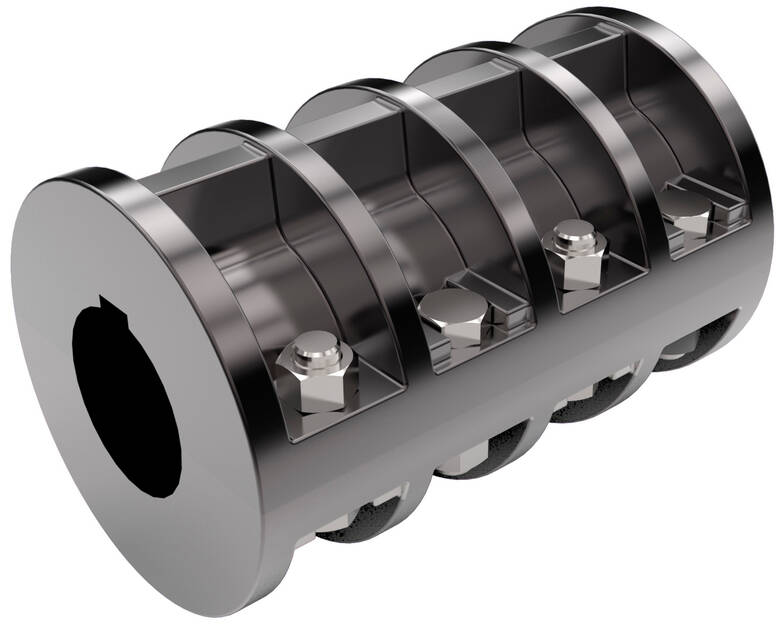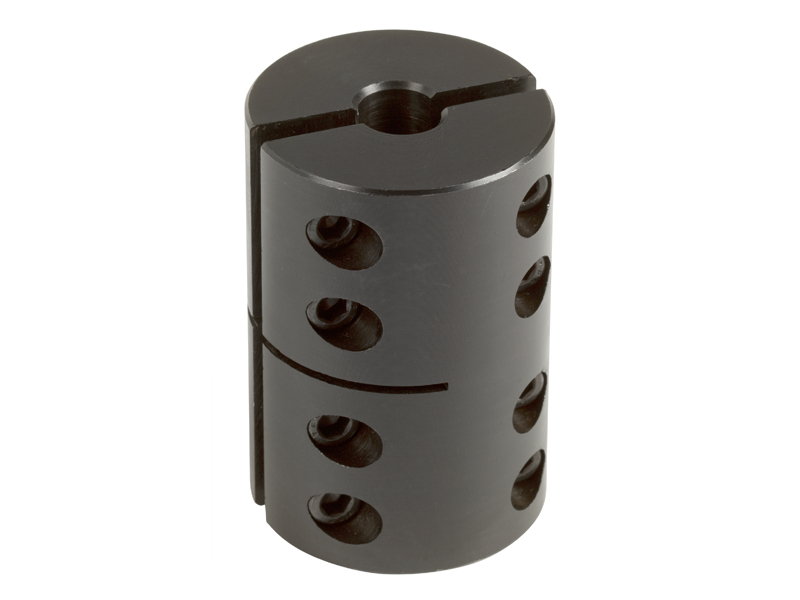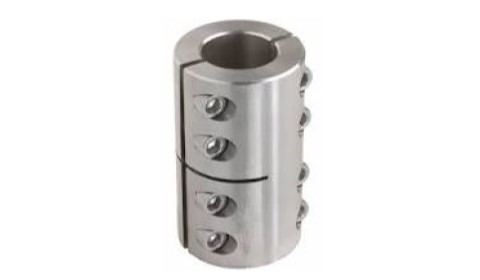Product Description
Male N.P.T 1/4″ Brass Air Hose Fittings for Garden Hose
Description:
Thisair hose fittings is made of brass and connects hose to a female connector. This coupling has male garden hose threads (GHT) for connecting to a female GHT connector. The barbed stem creates a tight seal on flexible and semi-rigid hose when used with a hose clamp or crimp sleeve or ferrule (not included). This fitting is made of brass for corrosion resistance, ductility at high temperatures, and low magnetic permeability.
Specification:
Material: brass
Garden Thread:3/4″
Hose ID:1/2″,5/8″,3/4″
| Product name |
Garden Hose Fitting |
|
| Technic |
Injection Molding |
|
| Size |
garden thread:3/4” hose id:1/2”,5/8”,3/4” |
|
| Material |
Brass |
|
Related Products
FAQ
1. Can we get your free samples?
A. For the samples in our stocksize, sure, we’d love to provide you for free to test the quality, but hope you can bear the Freight cost.
B. For the customized samples, we can also open a new mould as your requests, but hope you can bear this samples cost.
2.What is the normal lead time?
A. For stock products, we will send goods to you within 1~7days after receiving your payment.
B. For mass production, lead time is around 30~40days, and longer if need open new mould.
3. Shipping
A. For small trial order,FEDEX, DHL, UPS, TNT etc can be provided.
B. For larger order,we can arrange shipment by sea or by air according to your requirement
Company Information
Contact Us.
Bunny
Mail address: sale2@nbmatch-light
Website: nbmatchlight

What Industries Commonly Use Clamp Couplings and Why?
Clamp couplings are widely used in various industries due to their versatility, ease of installation, and ability to accommodate different shaft sizes and misalignments. Some of the industries where clamp couplings are commonly used include:
- Manufacturing: In manufacturing industries, clamp couplings are commonly employed in conveyor systems, machine tools, and material handling equipment. They provide a reliable and flexible connection between shafts, allowing for smooth power transmission and easy maintenance.
- Agriculture: Farm machinery and equipment often use clamp couplings to connect power take-off shafts, ensuring efficient power transfer from the tractor to various implements like mowers, balers, and harvesters.
- Food and Beverage: The food and beverage industry requires couplings that are easy to clean and maintain. Stainless steel clamp couplings are commonly used in food processing equipment due to their corrosion resistance and hygienic design.
- Packaging: Packaging machinery often uses clamp couplings to connect rotating components, such as rollers and conveyors, ensuring precise and synchronized movement during the packaging process.
- Oil and Gas: In the oil and gas industry, clamp couplings are used in various applications, including pumps, compressors, and drilling equipment. Stainless steel clamp couplings are favored in offshore and corrosive environments.
- Automotive: In automotive manufacturing, clamp couplings find applications in power transmission systems, steering columns, and drivetrain components.
- Marine: The marine industry often employs clamp couplings in propulsion systems and auxiliary machinery, especially when corrosion resistance and reliability are critical.
- Pharmaceutical: Pharmaceutical manufacturing equipment requires couplings that meet stringent hygiene standards. Stainless steel clamp couplings are suitable for pharmaceutical applications due to their cleanability and resistance to contamination.
- Mining: Mining machinery relies on robust and reliable couplings to withstand heavy loads and harsh operating conditions. Clamp couplings are commonly used in conveyors, crushers, and other mining equipment.
The widespread use of clamp couplings across industries can be attributed to their ability to provide a secure and backlash-free connection between shafts, accommodate misalignment, and handle varying torque and speed requirements. Additionally, their simple design and ease of maintenance make them a popular choice in numerous industrial applications.

Comparison of Clamp Couplings with Jaw Couplings and Bellows Couplings
Clamp couplings, jaw couplings, and bellows couplings are all common types of couplings used in mechanical power transmission. Each type has its unique design and features, making them suitable for different applications. Here’s a comparison of these couplings:
- Design:
– Clamp Couplings: Clamp couplings consist of a split hub with screws that tighten around the shafts, providing a secure and balanced connection.
– Jaw Couplings: Jaw couplings have two hubs with curved jaws that interlock to transmit torque. They can accommodate a certain degree of misalignment.
– Bellows Couplings: Bellows couplings use a thin-walled metallic bellows to transmit torque while compensating for misalignment. They are typically more flexible than clamp couplings and jaw couplings.
- Misalignment:
– Clamp Couplings: Clamp couplings can handle a small amount of angular misalignment but are better suited for applications with precise alignment.
– Jaw Couplings: Jaw couplings can accommodate angular and axial misalignment but have limitations on radial misalignment.
– Bellows Couplings: Bellows couplings can handle higher levels of misalignment, including angular, radial, and axial misalignment.
- Vibration Damping:
– Clamp Couplings: Some clamp couplings can provide a degree of vibration damping due to their material properties, but they are not specifically designed for this purpose.
– Jaw Couplings: Jaw couplings have some vibration absorption capabilities due to the flexibility of the elastomeric spider element.
– Bellows Couplings: Bellows couplings are known for their excellent vibration damping characteristics, making them suitable for applications where vibration isolation is critical.
- Backlash:
– Clamp Couplings: Clamp couplings typically have minimal backlash, providing precise torque transmission.
– Jaw Couplings: Jaw couplings have a small amount of backlash due to the clearance between the jaws and the spider element.
– Bellows Couplings: Bellows couplings have negligible backlash, making them suitable for applications requiring high precision.
- Temperature and Environment:
– Clamp Couplings: Clamp couplings are generally suitable for a wide range of temperatures and environments, depending on the material used.
– Jaw Couplings: Jaw couplings are versatile and can operate in various conditions, but their elastomeric elements may have temperature limitations.
– Bellows Couplings: Bellows couplings can withstand high temperatures and are often used in demanding environments.
- Cost:
– Clamp Couplings: Clamp couplings are often more cost-effective compared to jaw couplings and bellows couplings.
– Jaw Couplings: Jaw couplings are generally affordable and offer a good balance between cost and performance.
– Bellows Couplings: Bellows couplings are more expensive than clamp couplings and jaw couplings due to their precision and high-performance characteristics.
When selecting a coupling, it is essential to consider the specific requirements of the application, including torque, misalignment, precision, and environmental factors. Consulting with coupling manufacturers or engineers can help in choosing the most suitable coupling for a particular mechanical system.

Industry Standards and Certifications for Clamp Couplings
There are several industry standards and certifications that may apply to clamp couplings, depending on their design, materials, and intended applications. These standards ensure that the clamp couplings meet specific requirements and quality benchmarks, providing confidence in their performance and reliability.
Some of the commonly recognized standards and certifications for clamp couplings include:
- ISO 9001: This is a quality management system standard that sets requirements for the design, development, production, and service of products. Manufacturers of clamp couplings may obtain ISO 9001 certification to demonstrate their commitment to quality and continuous improvement.
- ASME B29.1: This standard is specific to roller chain drives and includes guidelines for chain coupling dimensions and interchangeability.
- AGMA 9002-C16: This standard, developed by the American Gear Manufacturers Association, provides guidelines for inspection practices of flexible couplings, which may include clamp couplings.
- API 671: This standard is specific to couplings used in petroleum, chemical, and gas industry services. It sets requirements for special-purpose couplings, such as those used in compressors and pumps.
- DNV GL Type Approval: The Det Norske Veritas Germanischer Lloyd (DNV GL) provides type approval certification for couplings used in maritime and offshore applications. This certification ensures that the coupling meets specific quality and safety standards for marine use.
- ATEX: For couplings used in explosive atmospheres, the ATEX directive sets requirements to prevent ignition sources and ensure safety. ATEX compliance may be necessary in certain industrial settings.
It’s important to note that not all clamp couplings require certification under these standards, as the applicability depends on the specific industry and use case. Additionally, some manufacturers may adhere to their own internal quality control measures without seeking external certifications.
When selecting clamp couplings for particular applications, it’s essential to consider whether specific industry standards or certifications are necessary. Consulting with suppliers or coupling manufacturers can help ensure that the chosen clamp couplings meet the required quality and safety standards for their intended use.


editor by CX 2023-08-30